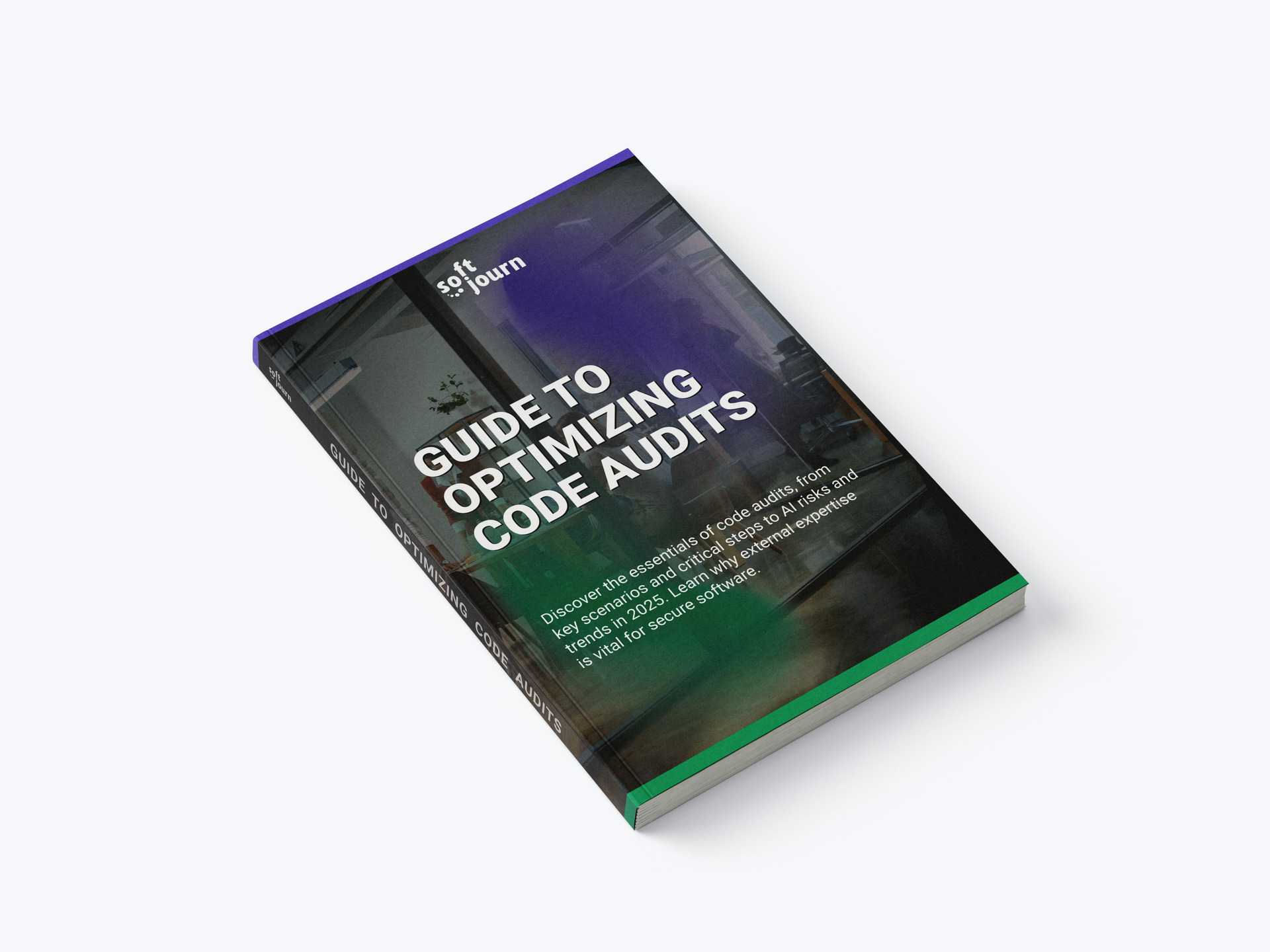In today's fast-paced technology environment, Chief Technology Officers (CTOs) face the constant challenge of keeping their IT systems current and effective. Legacy modernization is not merely a trend but a necessity, allowing businesses to retain competitive advantage, reduce costs, and enhance operational efficiencies.
This article delves into the key areas of legacy modernization that CTOs should be aware of, and how they can strategically overhaul outdated systems.

Why System Modernization is Always a Hot Topic
Legacy systems are ubiquitous across industries, often forming the backbone of business operations. However, these systems, while stable, can be inflexible, slow, and incompatible with new technologies, resulting in increased maintenance costs and missed opportunities for innovation.
Modernization can address these issues, enabling businesses to leverage new technologies and meet evolving market demands and customer expectations. Softjourn's Solution Architect, Taras Romaniv, described that the greatest benefits of legacy application migration to the cloud are increased agility, scalability, and availability. Not to mention that they'll have "better performance, disaster recovery, potential cost savings, and improved security.”
Deciding to start a modernization project can be tough, as companies often become attached to a technology that they have relied on for years, and has always served them well. Damon Petta, the CTO of Utility Warehouse, says, “People become understandably attached to systems and processes they’re familiar with, so it’s important to make a positive case for change – business processes need to evolve as much as software during a transformation."

Strategic Considerations for CTOs
Even though migrations and updates provide many long-term benefits that justify the efforts, modernizing legacy systems can present major challenges. Sources report that one-third of migrations fail for businesses, with a whopping 70% failure rate for enterprise-level businesses.
"Migrations or legacy updates may fail due to poor communication, lack of planning, or inadequate testing," said Solutions Architect, Taras Romaniv. He also mentioned that technical challenges, especially when dealing with outdated technology, customizations, or integrations, can result in "delays, cost overruns, or even failures." We recommend taking into consideration the following to ensure a smoother migration:
- Assessing Business Impact: Before embarking on modernization, it’s crucial for CTOs to align IT strategies with business objectives. This involves understanding the specific needs of the business, the technical debt incurred by legacy systems, and the potential ROI from modernization efforts.
- Software Code Audit: We recommend conducting a deep audit of your software and codebase before diving into any modernization efforts. Experienced external code audit services offer an unbiased and expert analysis of the state of your code and infrastructure, helping you determine the best path forward for your modernization efforts.
- Incremental Modernization: Instead of a complete overhaul, an incremental approach can mitigate risks. This involves prioritizing components based on business needs, allowing for gradual improvements, and reducing the potential for disruption.
- Skills and Partnership: Modernizing legacy systems requires specific skills that may not be present internally. CTOs should consider partnering with experienced third parties or hiring experts in cloud consulting services to bridge this gap.
- Security and Compliance: With modernization, especially in cloud migration, comes the need to rigorously address security and compliance. New environments may pose different risks, and adherence to regulatory standards is critical.

Key Trends in Legacy Modernization
As businesses strive to adapt to the digital age, modernizing legacy systems has become a strategic imperative. This section explores the major trends to keep an eye on that are influencing legacy modernization efforts today.
- Application Modernization and Cloud Migration: Modernizing applications often begins with migration to the cloud, which provides scalability, flexibility, and enhanced security. The cloud environment supports various modernization strategies such as rehosting (lift-and-shift), replatforming, refactoring, or even rebuilding applications with cloud-native features.
- Microservices and Containerization: Transitioning from monolithic architectures to microservices allows organizations to deploy, manage, and scale services independently. This architectural style enhances agility and speeds up deployment cycles, integral to adopting DevOps practices.
- Frontend Modernization: Updating user interfaces and migrating frontend architectures to support modern web and mobile experiences can drastically improve user engagement and satisfaction. This often includes adopting responsive designs and integrating with advanced UI frameworks to support richer interactions.
- Utilizing AI and Machine Learning: AI and ML are becoming pivotal in modernizing legacy systems, particularly in automating data processes, enhancing decision-making, and personalizing customer experiences. For instance, AI can optimize data storage to cloud data lakes, enabling better data accessibility and real-time analytics.
- Robotic Process Automation (RPA): RPA can automate routine tasks previously performed by humans, significantly reducing time and cost while increasing accuracy. These AI software robots extend their utility by integrating with legacy systems to enhance their functionality without extensive rewrites.

Begin Your Modernization Journey
Legacy modernization is imperative for businesses aiming to stay relevant and competitive. By understanding and implementing modernization strategies such as cloud migration, microservices, AI integration, and RPA, CTOs can transform their IT infrastructure to be more flexible, efficient, and aligned with modern business needs.
While the path may be complex, the strategic benefits of modernizing legacy systems far outweigh the initial challenges, setting the stage for sustainable growth and innovation. For a frictionless modernization journey, partner up with Softjourn’s team of experts! We’ve been trusted by some of the biggest names in the fintech and ticketing industry for our Legacy Application Modernization Services. Contact us today to begin your modernization journey!















